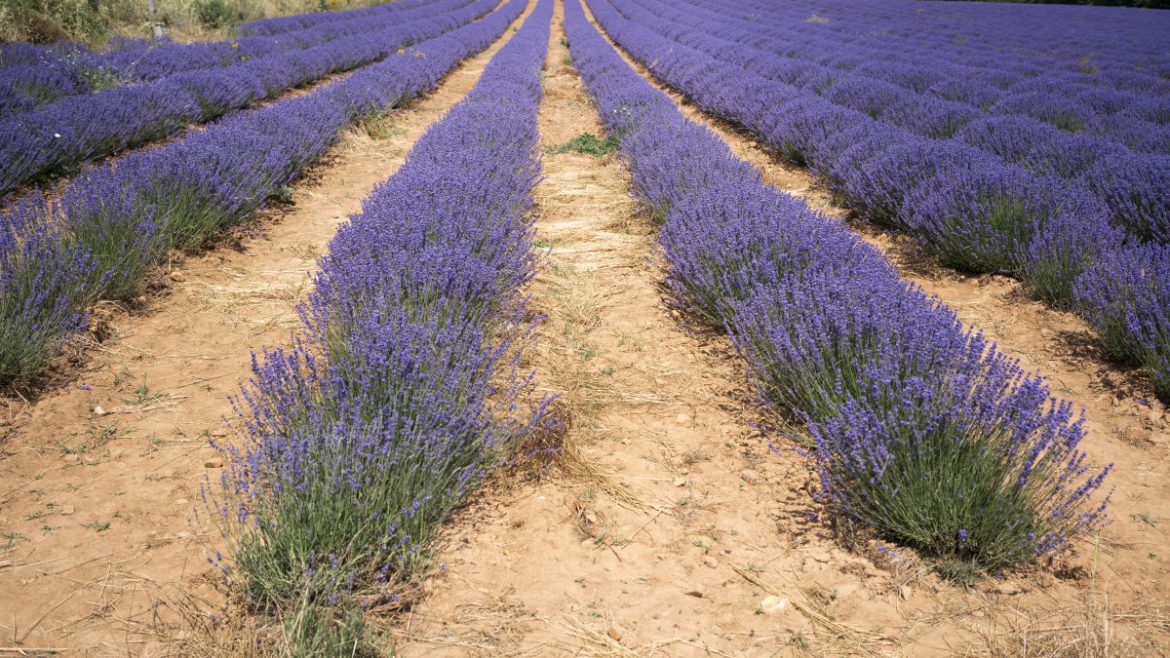It has always been thought that the symbol of romance of lavender is far away in Provence, France, but little did I know that as early as 1964, there were three varieties of French Lavender Provence was introduced to the Yili Valley, located in the four divisions of the 65th regiment. After 50 years of changes, lavender has taken root in the fertile soil of China’s northern border, and it has become a business card, attracting more and more people with romantic feelings to come here.
At present, the dried flowers and essential oil of lavender produced at the Four Divisions Lavender Planting Base, named by the Ministry of Agriculture as “The Hometown of Lavender in China”, account for more than 95% of the national production. Along with Provence (France), Hokkaido (Japan) and Caucasus (Russia), this planting base has become one of the four major lavender producing areas in the world. This issue of “Corps Symbol” will take our readers into the “Chinese Lavender Hometown” – Huocheng Lavender Planting Base, to feel the different feelings of this purple flower together.
“Less than Xinjiang do not know the size of China, less than Yili do not know the beauty of Xinjiang.” This is the personal experience of many tourists. This is the personal experience of many tourists. What is the most beautiful scenery in Yili Kazakh Autonomous Prefecture, Xinjiang? When the flowers bloom and the wind blows in June, the entire lavender fields of the four divisions are like deep purple waves cascading up and down, walking under the blue sky and white clouds, wandering in the purple sea, like a dream.
Today, Yili has become the only lavender growing region in China, and is one of the four major lavender producing regions in the world, along with Provence, France, Hokkaido, Japan, and the Caucasus, Russia. Here, the Huocheng Lavender Cultivation Base, named by the Ministry of Agriculture as “The Hometown of Lavender in China”, produces more than 95% of the country’s dried lavender flowers and essential oil.
Lavender has been cultivated and used for thousands of years. In China, lavender is an introduced species and the first successful trial planting was in Huocheng. Huocheng has been cultivating and developing lavender essential oil products for half a century, and it was the Yili people who planted the long-standing fragrance in the Yili River Valley.
In 1964, the Ministry of Light Industry of China entrusted the trial planting of lavender to Yili in Xinjiang, Yu County in Henan, Kunming in Yunnan, and Xi’an in Shaanxi Province, etc. In the end, the lavender planting in other places failed, only the Fourth Division of the Corps located in the Yili River Valley succeeded in the trial planting. China has a history of complete dependence on imported lavender spices.
With no harsh winters, abundant rain, and a humid climate, the Yili Valley, where the 65th regiment of the 4th Division is located, is a veritable “wet island” in the arid desert of Central Asia, known as the “South of the Wall”. It is located at the same latitude as the world’s most famous lavender producing area – Provence, France, and has similar climatic and soil conditions. In 2004, four divisions carefully selected 100 lavender seeds aboard China’s reentry satellite around space, after trial planting, these lavender yield is higher, the quality is more pure.
Lavender’s flower motto is “waiting for love”, which, together with its mysterious and romantic purple color, makes people imaginative. Lavender essential oil has more than 70 functions and is commonly known as the “blue gold”. Its pleasing scent and wide range of healing properties make it the most versatile and popular fragrance in the world.

